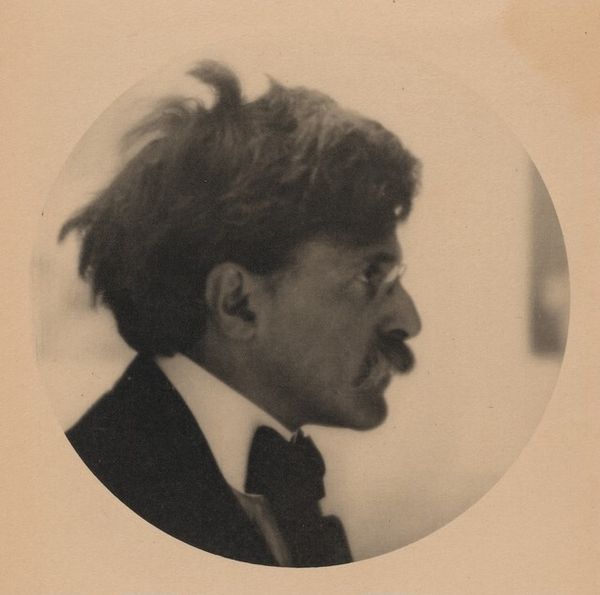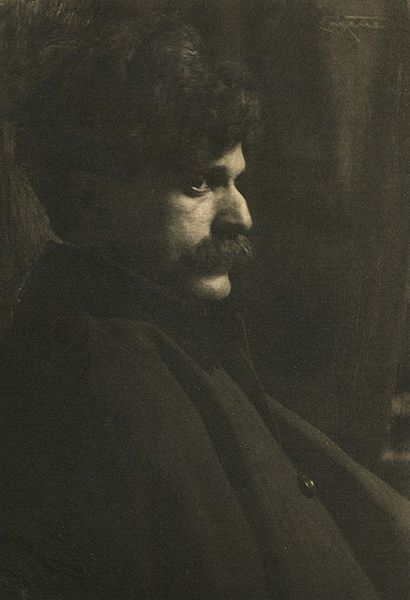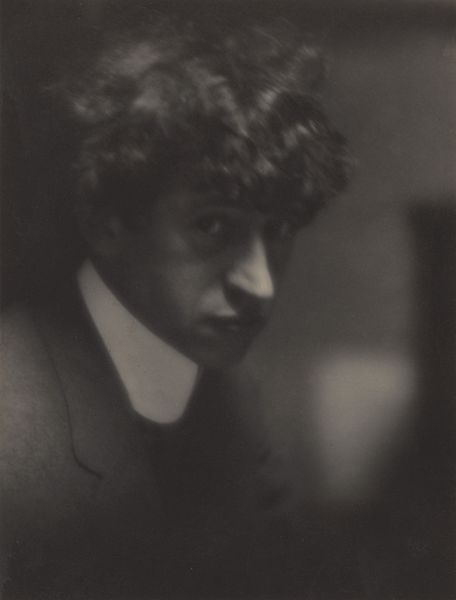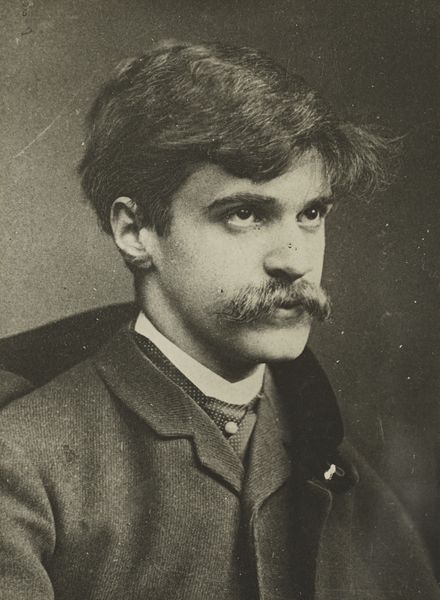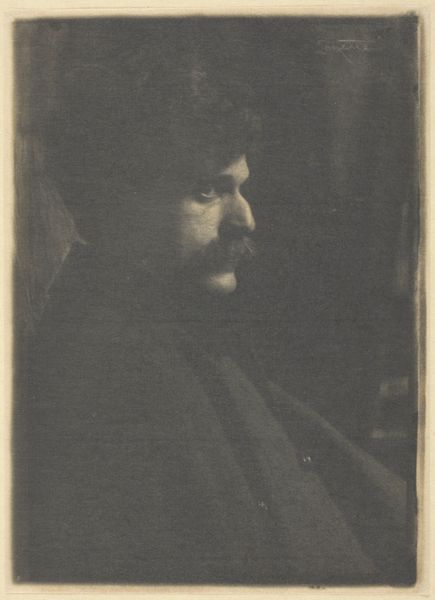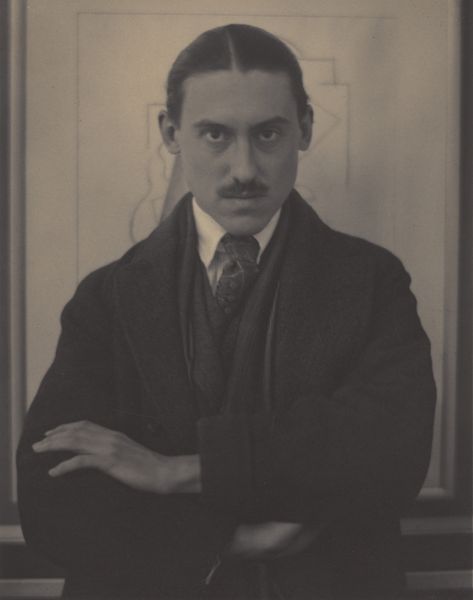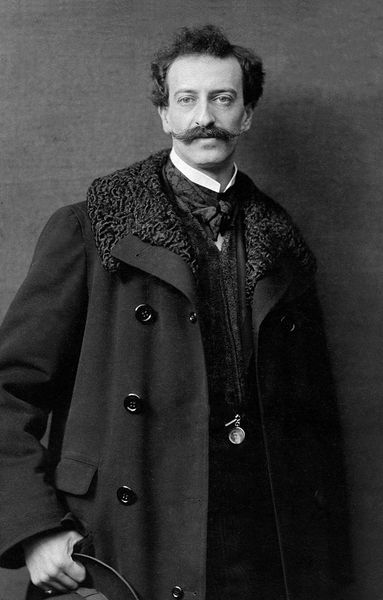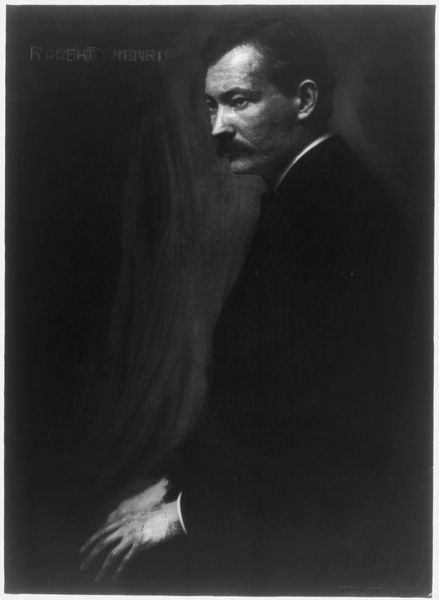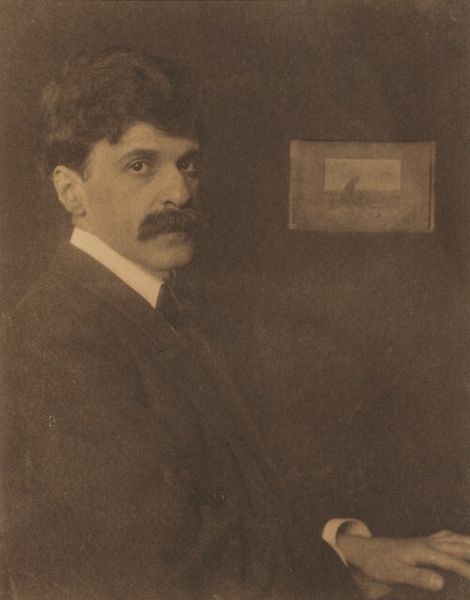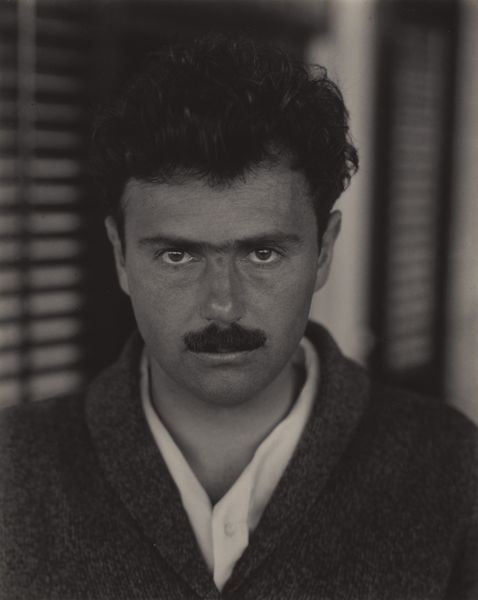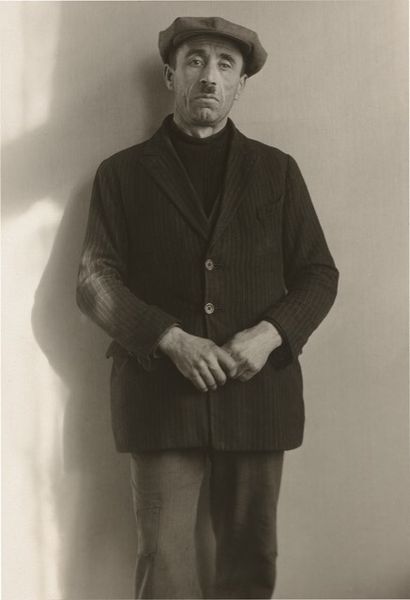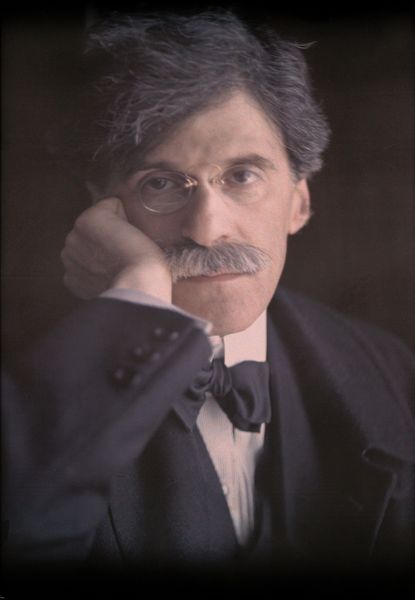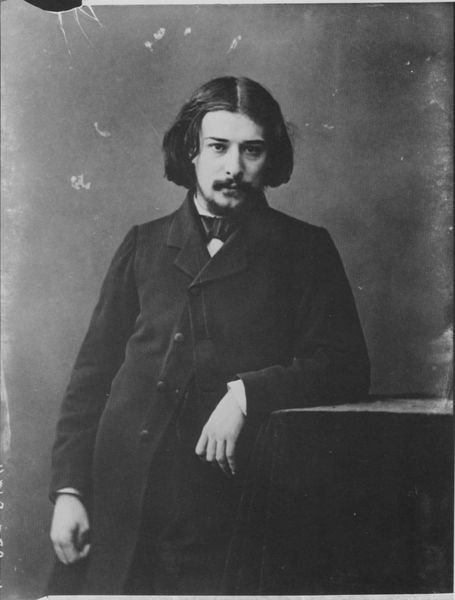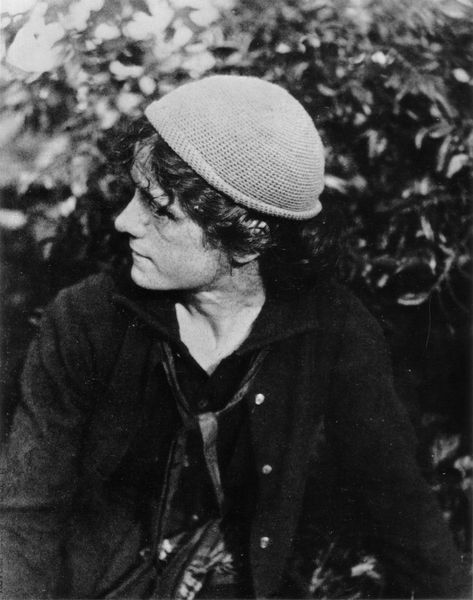
photography
#
portrait
#
pictorialism
#
portrait
#
photography
#
monochrome
Copyright: Public domain
Editor: We're looking at Gertrude Käsebier's "Portrait of Alfred Stieglitz," taken around 1902. It's a stunning photograph; the way she captures Stieglitz's gaze is so intense, almost confrontational. Given the historical context, what should viewers consider when approaching this particular portrait? Curator: Considering that Stieglitz himself was a monumental figure in promoting photography as fine art, Käsebier's work highlights the intertwined roles within the artistic community. We see Stieglitz not just as a subject, but as a curator and advocate in his own right. Think about the institutional dynamics: Stieglitz ran the Photo-Secession gallery, and Käsebier was one of the prominent photographers he showcased. Does understanding this influence your reading of the image, particularly concerning who held the power? Editor: That's a great point. It adds another layer to their artistic relationship; Käsebier as artist, Stieglitz as champion of photography. But beyond their dynamic, what’s interesting is how the photographic style mimics painterly aesthetics which challenged the accepted traditional notions of photography at that time, don't you think? Curator: Exactly! Pictorialism, the movement she worked within, consciously sought to elevate photography by blurring those boundaries, by creating photographs with soft focus, handmade papers, and manipulated processes. In many ways, this image of Stieglitz is also about claiming space for photography in the cultural landscape. It challenges viewers to take the medium seriously and reflect upon its social and cultural value. Editor: So, appreciating this image isn't just about Stieglitz or Käsebier, but also about understanding photography's fight for recognition as a fine art form. I’ll definitely view other pieces of pictorialism in a completely new perspective! Curator: Precisely, it requires questioning the established hierarchies and recognizing how artistic movements engage with the cultural conversations of their time.
Comments
No comments
Be the first to comment and join the conversation on the ultimate creative platform.
